Collecting Vintage Omegas, A Conversation with Petros Protopapas, Head of Brand Heritage at Omega
Omega now releases certificates of authenticity to enhance transparency in the vintage market
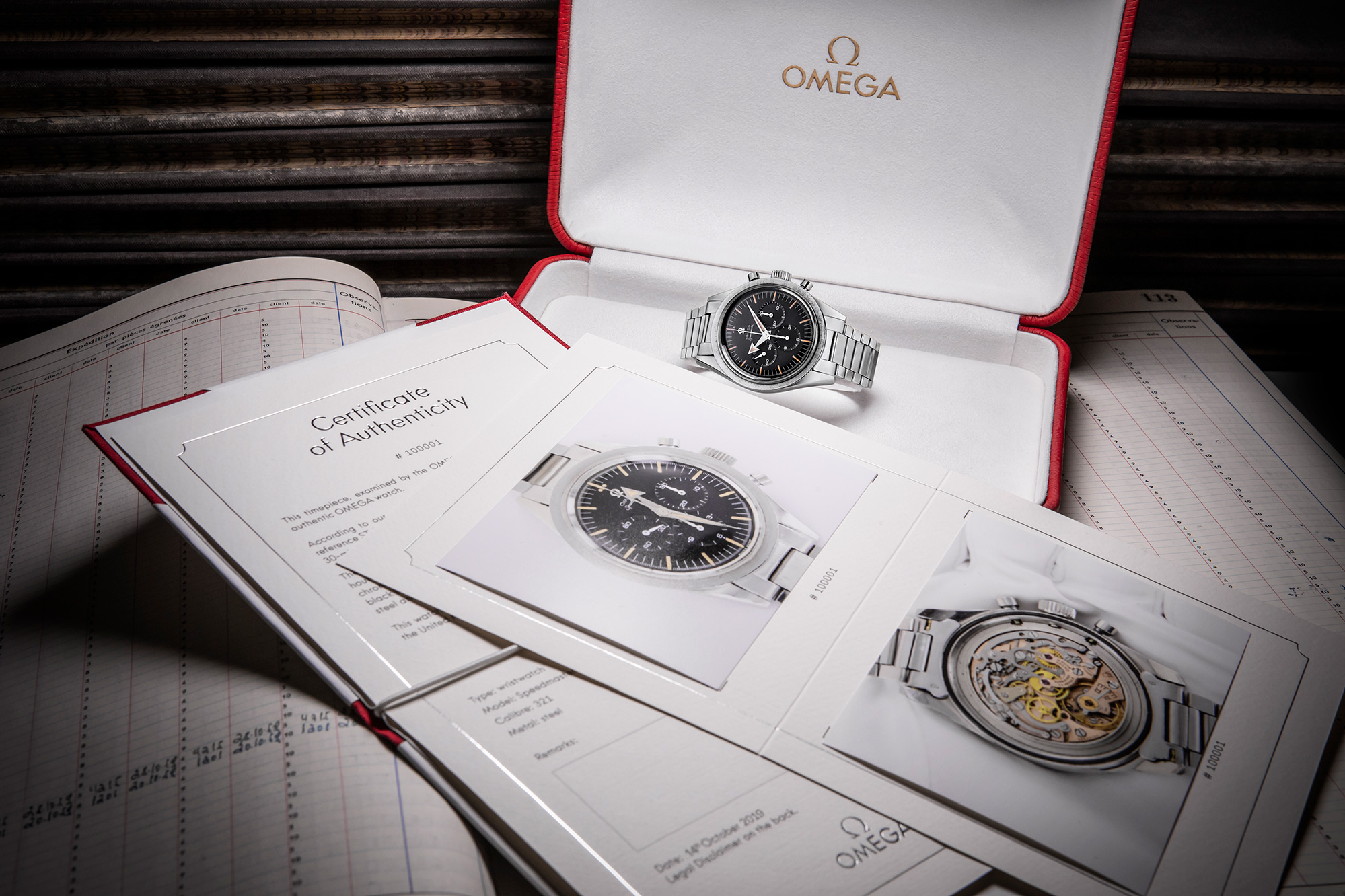
The appetite for vintage timepieces has grown at a rapid pace over the past few years. Collecting vintage watches can be a fantastic hobby but there are pitfalls to avoid. The pre-owned and vintage watch market is a jungle. The quality and authenticity of what you are buying are key. Many watches have endured quite some action over their lifetime… and there are also many scams. The integrity of timepieces needs to be maintained over time. Take good care of your watches and make sure these are serviced the right way. Replacement parts need to be original. This is what we’ll talk about today with Omega’s Head of Brand Heritage.
“The Omega certificate of authenticity aims at bringing confidence to collectors”
To help people navigate the vintage market, several brands supply extracts from their archives. These archives provide production details and the period of production of a watch without having to send it to the brand. To enhance transparency in the pre-owned market, Omega now issues “certificates of authenticity”. Basically, your watch goes through an in-depth inspection in Switzerland by Omega’s heritage team, which confirms whether or not your watch qualifies for a certificate. Petros Protopapas, Omega’s Head of Brand Heritage, talks to MONOCHROME about collecting vintage (Omega) watches.

Xavier Markl, MONOCHROME – What is Omega’s goal with this new Certificate of Authenticity?
Petros Protopapas, OMEGA Watches – Simply, this certificate aims at bringing confidence to collectors and buyers of Omega vintage watches. The vintage market can be a difficult market. The last few years have proven it. The more people get reliable information, the better it is for everybody. As with every market, people need assurances. We want to make sure that the watches that are out there can be controlled and to give buyers peace of mind. In short, it is about absolute transparency and official assurance.
For this certificate of authenticity, we are dealing with private watches. We simply receive and analyze them. We are honest with the results. There are no exceptions to our rules. The watches that receive the certificate are in perfect original condition.
What is the process to get a certificate?
First of all, watches require a personal inspection. Therefore, we need to collect the watches. We chose the safest way to collect the watches by working with our network of boutiques. And if you are in Switzerland, you can come directly to us at Omega’s HQ in Bienne.
The boutique staff is trained and have everything that is necessary to present and explain the service to the clients. Clients are asked to sign a waiver to make sure they understand what the service entails. The watch is carefully packaged and sent to Switzerland via secure shipping. There a dedicated department of our customer service notifies us of every watch received. We work with a team of purposely trained expert watchmakers – the crème de la crème of your watchmakers from our restoration department.
The watch is analyzed from A to Z. We check exterior parts, we check the movement. Every single part of the watch is analyzed: the hands; the dial; the crown; the pushers; the bezel; the bracelet; the clasp; the movement; and the movement’s parts.
So you need 100% of the parts to be original or are there some exceptions?
All the parts need to be original – besides the leather strap. If the leather strap is not Omega’s that’s not a problem. It is more a matter of personal taste. For the rest, we know how the watch was originally produced and we know the spare parts. Everything needs to be in line, there are no exceptions. If it has been serviced, it needs to have been serviced the right way with original parts. We would even mention when needed that the watch is original and that the watch is fitted with an original replacement part. It is about total transparency. A third-party part might render your watch non-eligible to the Omega certificate of authenticity.
Any Omega watch can apply?
Any Omega watch until the year 2010. It is the same rule as for the extract from the archive. Somehow, it does not make sense to ask for a recent watch that came with papers and a warranty. You cannot get better than this. We do not want to re-certify new watches.
The service seems to be geared for watches that have either financial or emotional value?
Well, the service has a certain cost (Editor’s note: CHF 800) reflecting the work performed on your watch that goes through an in-depth, manual inspection by experts. So financially speaking, people shall send watches that reflect this value. But as you mentioned, watches are emotional items. For instance, when I was younger I received a 1964 Seamaster from my grandfather. If I still had it, because it was stolen, I’d love to have it certified because I had a deep emotional attachment to that watch.
What would your advice be for collectors wanting to acquire vintage Omega watches?
“Don’t buy blindly, do your background checks”
The source of the watch is a bit of a prickly subject. I don’t think we, as a brand, should voice preferences on where to purchase vintage timepieces. But in general, the vintage market is a difficult market. Omega is one of the brands that began to take the vintage market seriously years ago. In 2008, we opened our first authorized Omega vintage store in London. (Editor’s note: OMEGA Vintage Store, 35-36 Burlington Arcade, London, UK)
Collectors or prospective buyers should, first of all, be prudent and do their homework. Criterion number one is quality. The better the quality of the watch you purchase, the higher its value. This is reflected at the auctions and this is a trend. The highest prices are achieved by watches when most of their parts are in mint condition. An intermediate quality watch, that has the wrong bezel, for instance, doesn’t have the same value.
Follow your heart, follow your brain. Look at all the details. Without giving names, you need to trust the seller. You buy the seller and then you buy the product. Again, do your homework, look at feedback ratings, ask friends, ask collectors. There are some great sources around, and the fun of collecting is also to find your own sources. Just be careful.
Also, asking for an extract from the archives is an easy solution to check your watch facts. You can go online, create a “My Omega” profile and get an extract. You will receive it at first as a PDF and then by mail. At the very least, you will obtain the assurance that the watch matches, that it is the watch that it pretends to be. It is always sad to see people asking for an extract after purchasing a watch and finding out that it doesn’t match… Don’t buy blindly, do your background checks.
Then ultimately, the more watches which receive certificates of authenticity, the clearer the market will be.
Which are some of the most collectable Omega models?
“I see a rise of interest in the vintage PloProf,” says Petros Protopapas
It sounds like an easy question but it is not… I could start by throwing just one-word; trilogy. The models from the 1957 trilogy are currently some of the most sought-after models within the Omega vintage catalogue and also in the watch vintage catalogue in general. The Speedmaster first-generation, model CK 2915, has set numerous records within the brand’s vintage catalogue. Some were sold for more than CHF 400,000. Of course, it comes in waves like everything that is being sold and offered on the market.
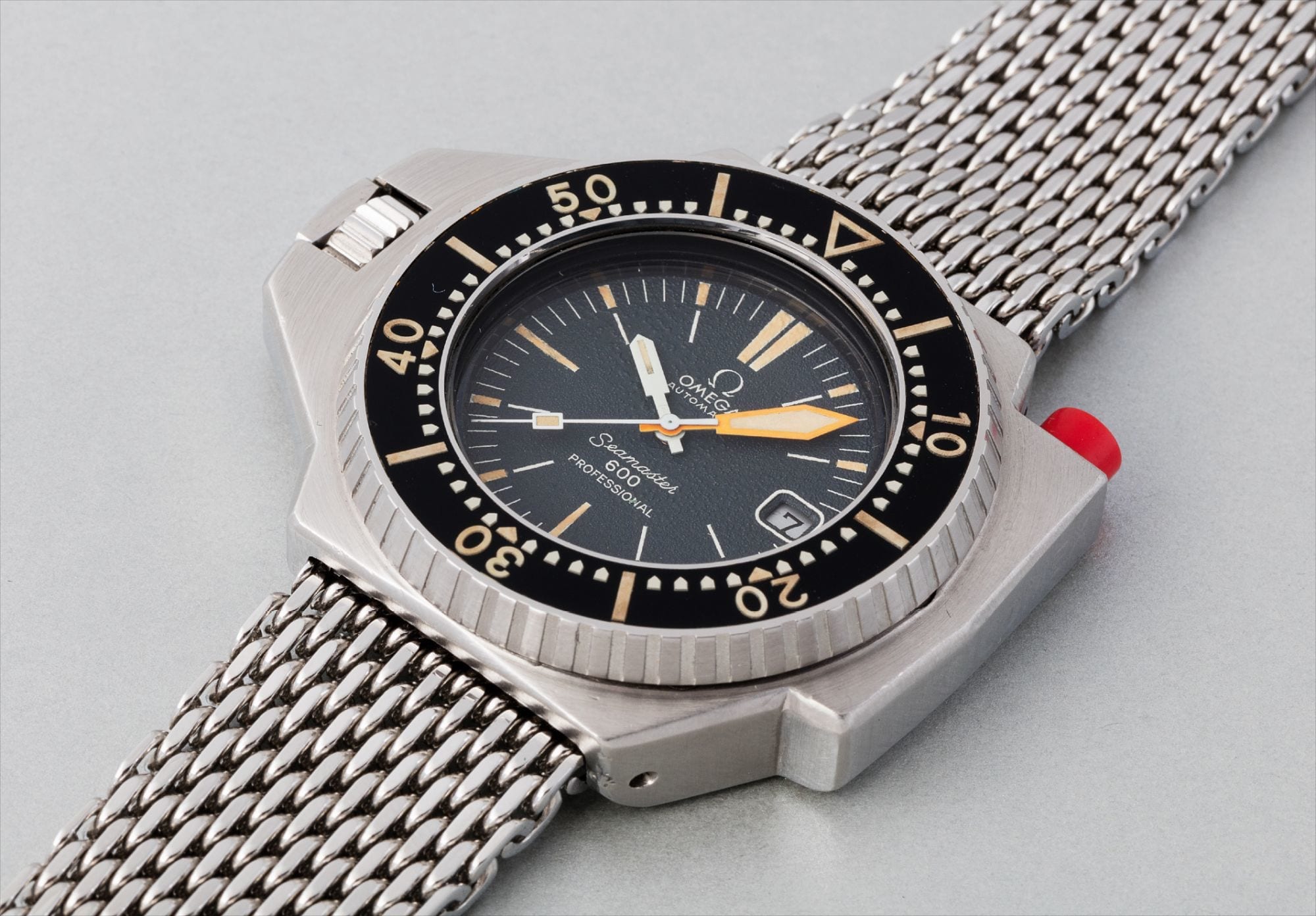
The Seamasters 300 are quite valued by collectors because of their tool watch characteristics; I see a rise of interest in the vintage PloProf. These have a truly interesting story and people have really started to appreciate it.
And then, from time to time, you see peaks for some models. Chronographs are watches that people tend to adore. For instance, models powered by the 33.3 CHRO movement are highly regarded. On a personal level, I would also go for the smaller size 28.9 CHRO chronographs. The fact that you don’t find them in the market in great condition means that every time one appears it is snatched up. I absolutely love them. These are beautiful timepieces.
Also, some 1930s oversize sector dial Omegas are starting to go up in value. About prototypes, if we can confirm that they are real prototypes, they fetch extreme prices at auctions.
Some brands are developing CPO business? What is Omega’s take on developing such an activity?
I can’t tell you much as it is not really my domain. What I can tell is that we value the independence of that market. And it should remain independent. This is valued by collectors. But independence needs safety. If at some point, we as a brand can enhance safety within this market, this is the way to go.
Since 2008, we have a store in London that we have authorized to sell vintage Omegas. Each of their timepieces has a certificate. We were one of the very first brands to take the vintage market close to heart.
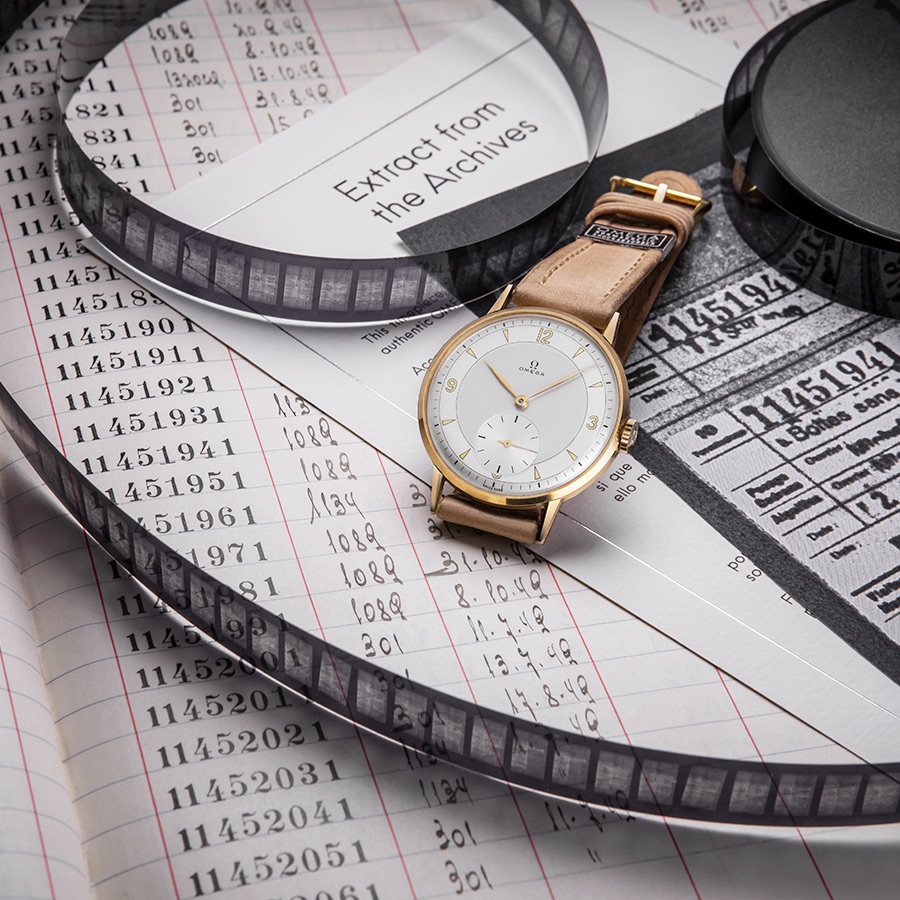
For more information about the Omega “certificates of authenticity” and “extracts from the archives”, please visit www.omegawatches.com.

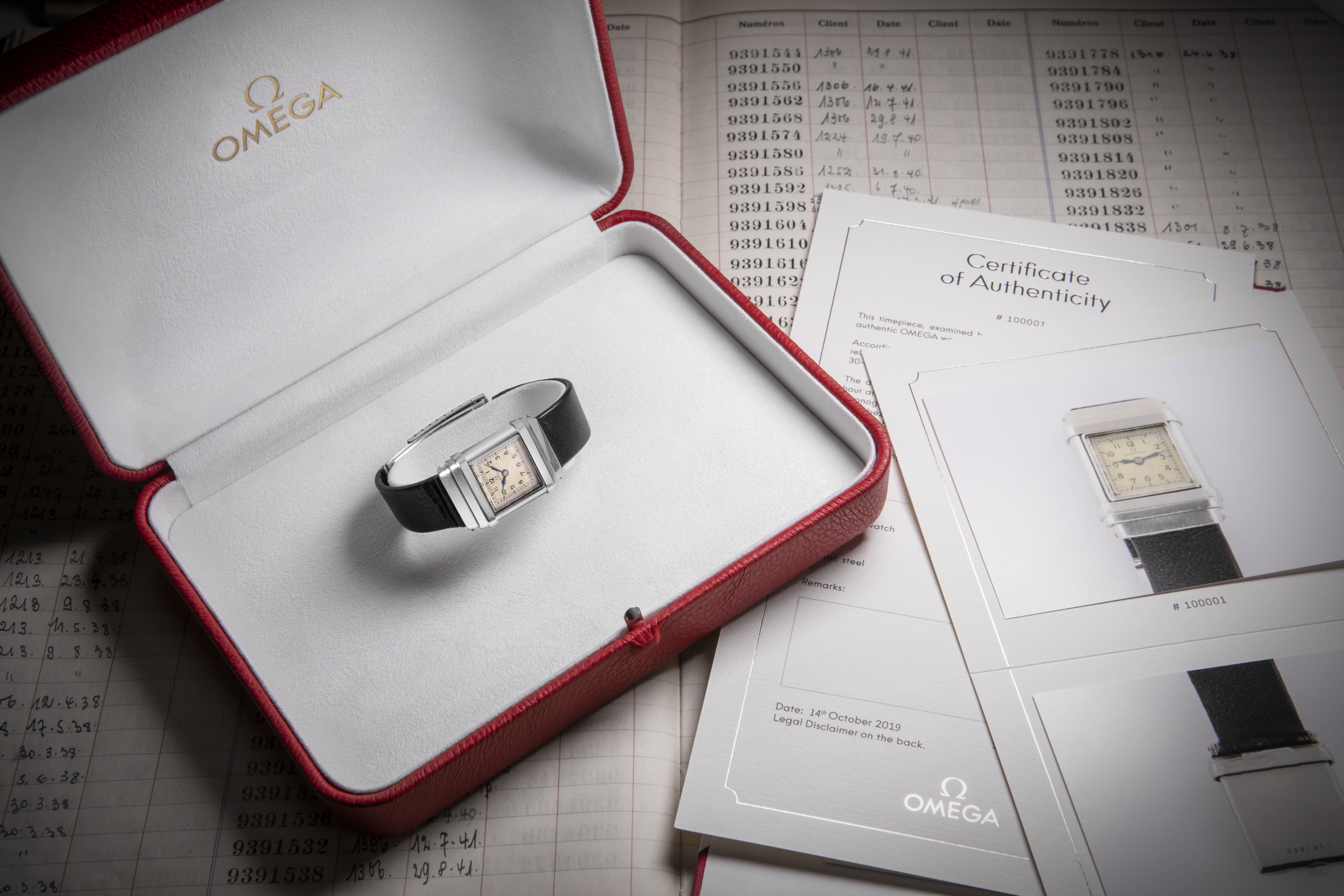
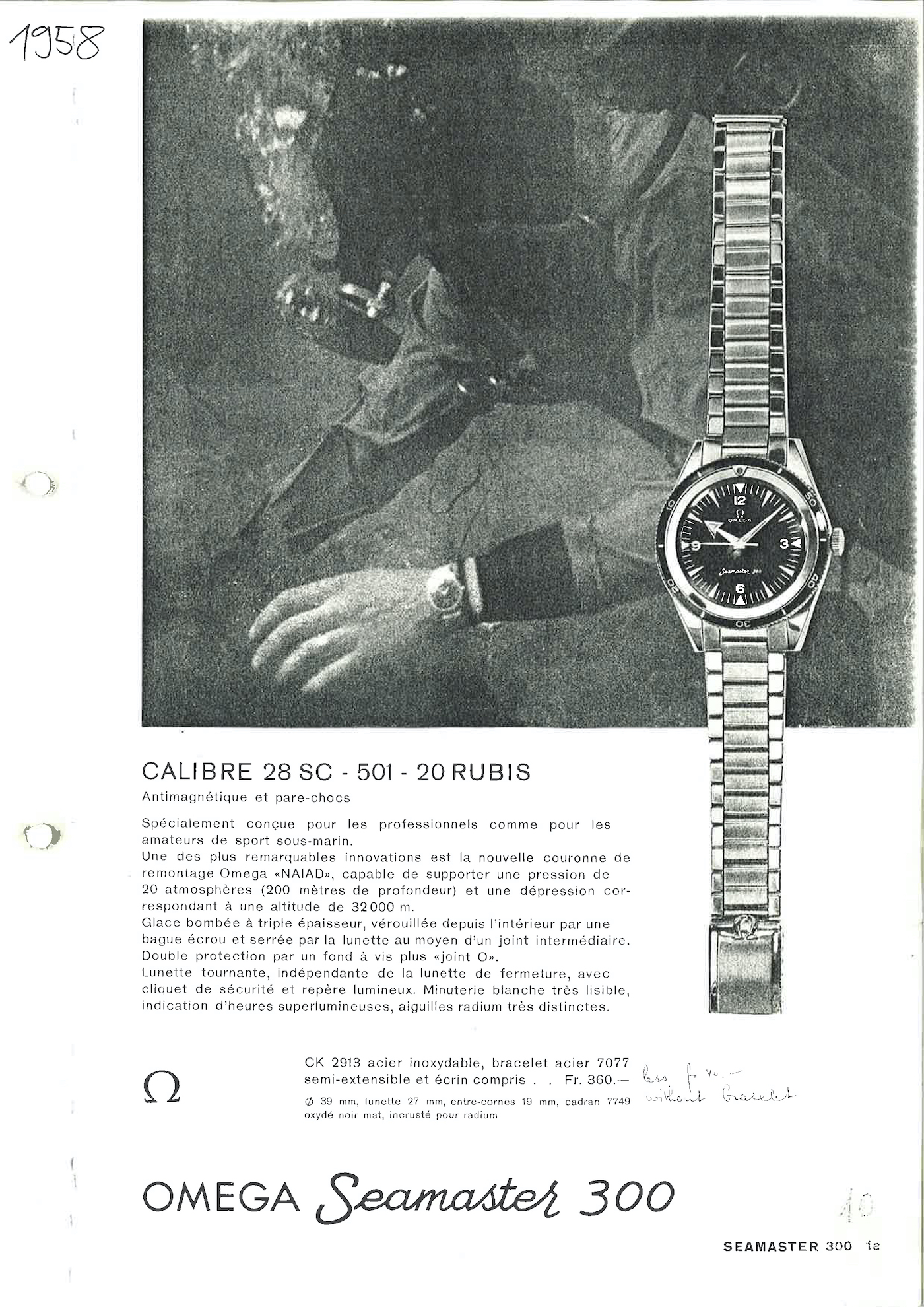
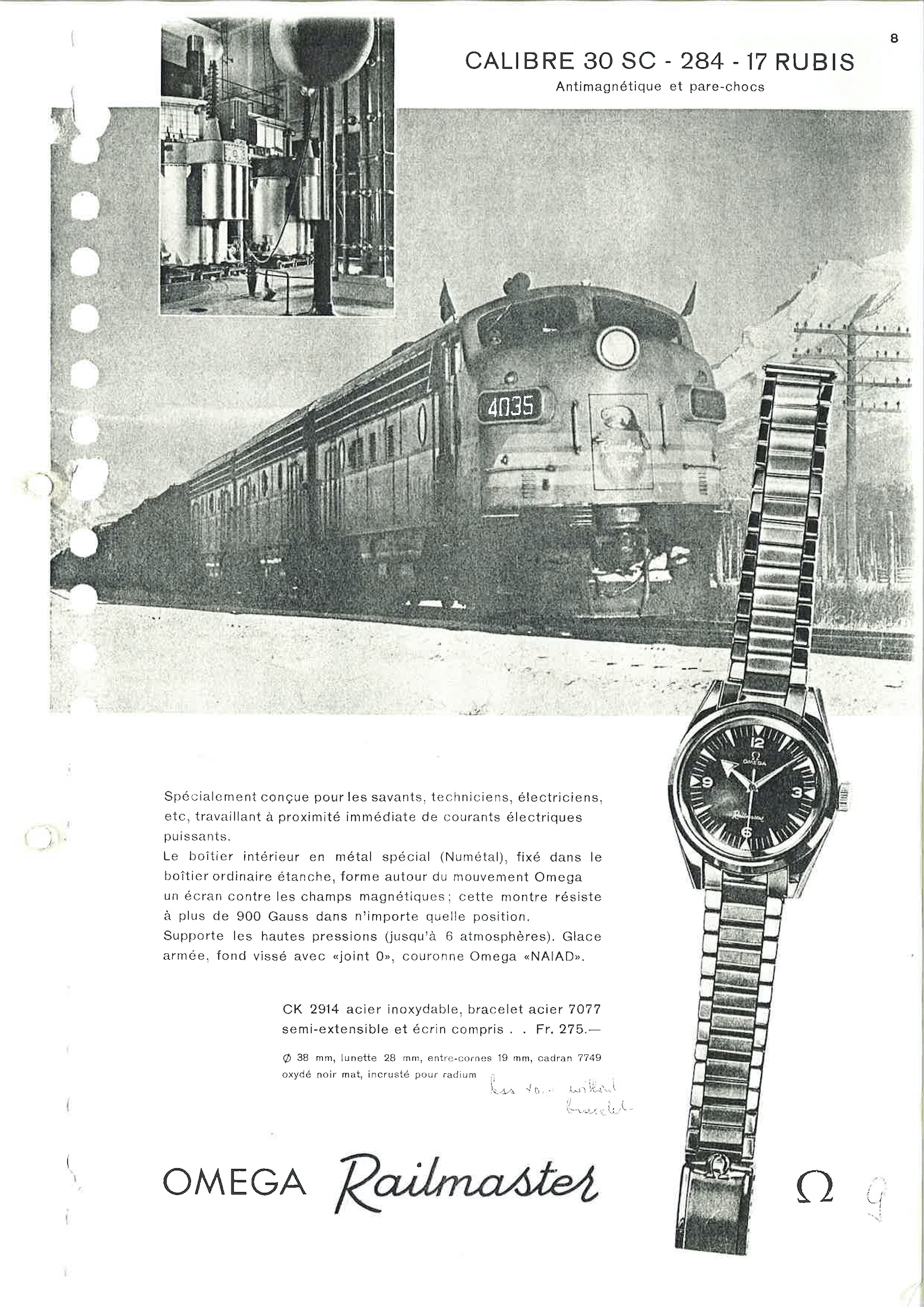

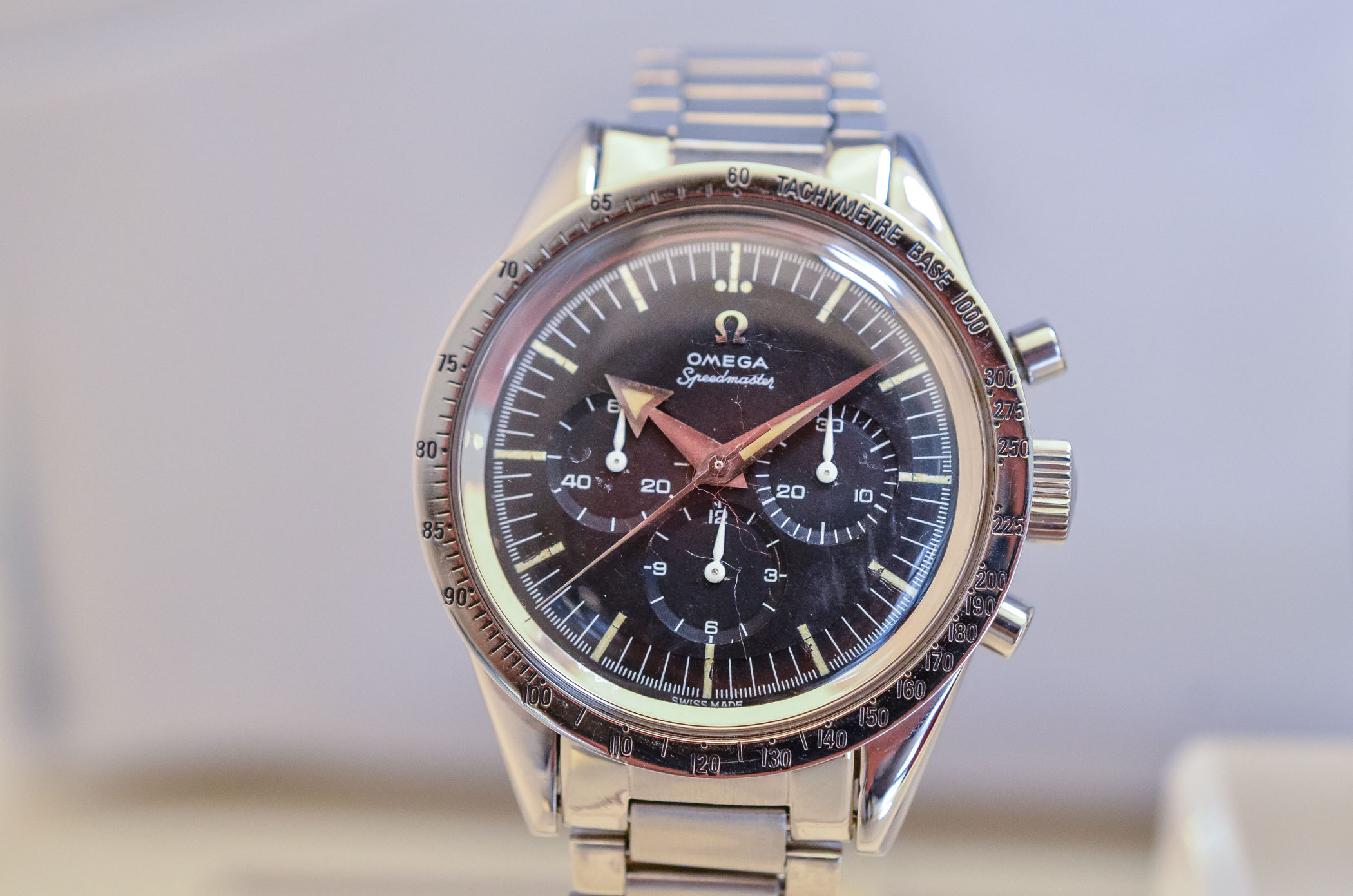
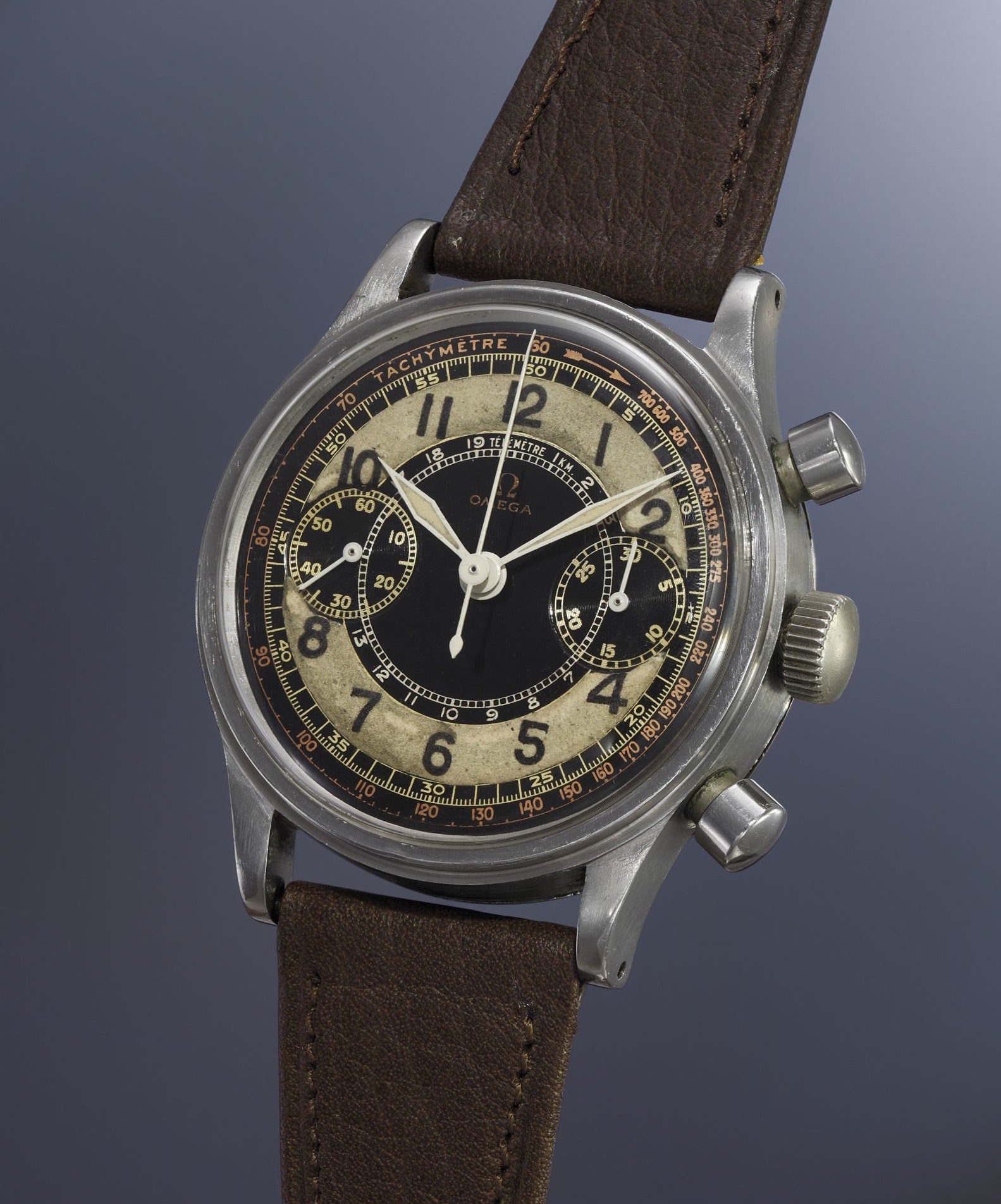
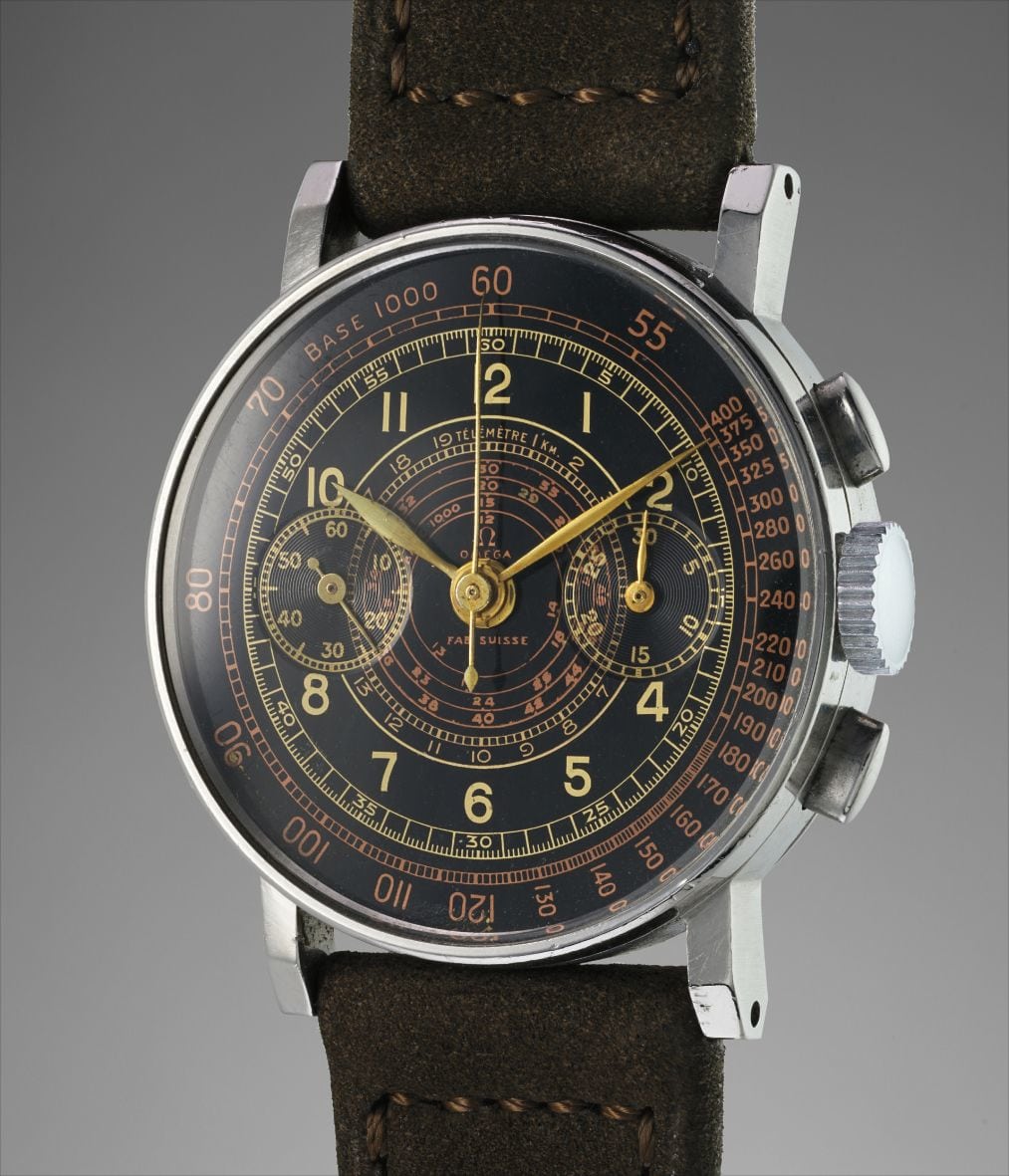



6 responses
If Rolex offered the same service 80% percent of buyers whould realize they bought aftermarket parts even dials.
imagine the daytona reference you bought for a fortune doesnt have an original dial…
would be fun to see what would happen to market prices
What model is the Omega in the last photo? thank you
Interesting article and I agree that if Rolex did something similar the effect on the vintage Rolex market would be “interesting”. However Rolex have zero interest in regulating or “correcting” the vintage raker in the same way that Rolex have zero interest in satisfying customer demand for modern Rolex watches. Rolex will only deign to allow a purchase of a stainless steel sports watch if the customer first purchases innumerable tacky two tone watches they did not really want. One does have to ask why Rolex has any loyal customers at all with the attitude they display to customers – total contempt. With Omega it is easy to understand why customers are loyal, they are treated as important to the brand and services like this just add to that, albeit at a cost of course.
Interesting article .Obviously “Heritage” is another revenue stream to exploit. It seems to serve a useful purpose which could save potential buyers a lot of trouble. I have not seen a ploprof 600 before and would rather not again , so hideous at almost hurts your eyes.
SPQR hits the nail on the head. I love my Rolex but yes they are very much “it’s our way or no way”. Rolex run the show very tightly and people are bowing to it by ripping themselves off paying huge premiums on the grey market. That’s their decision, won’t be mine but Rolex don’t and won’t care. If people are foolish enough to pay those prices why would Rolex bother to help the market out by meeting demand? Great article this and some lovely Omegas.
@Alexandru the watch does not have a specific name, it is a late 1940s model powered by OMEGA’s famous 30mm caliber (30T2).